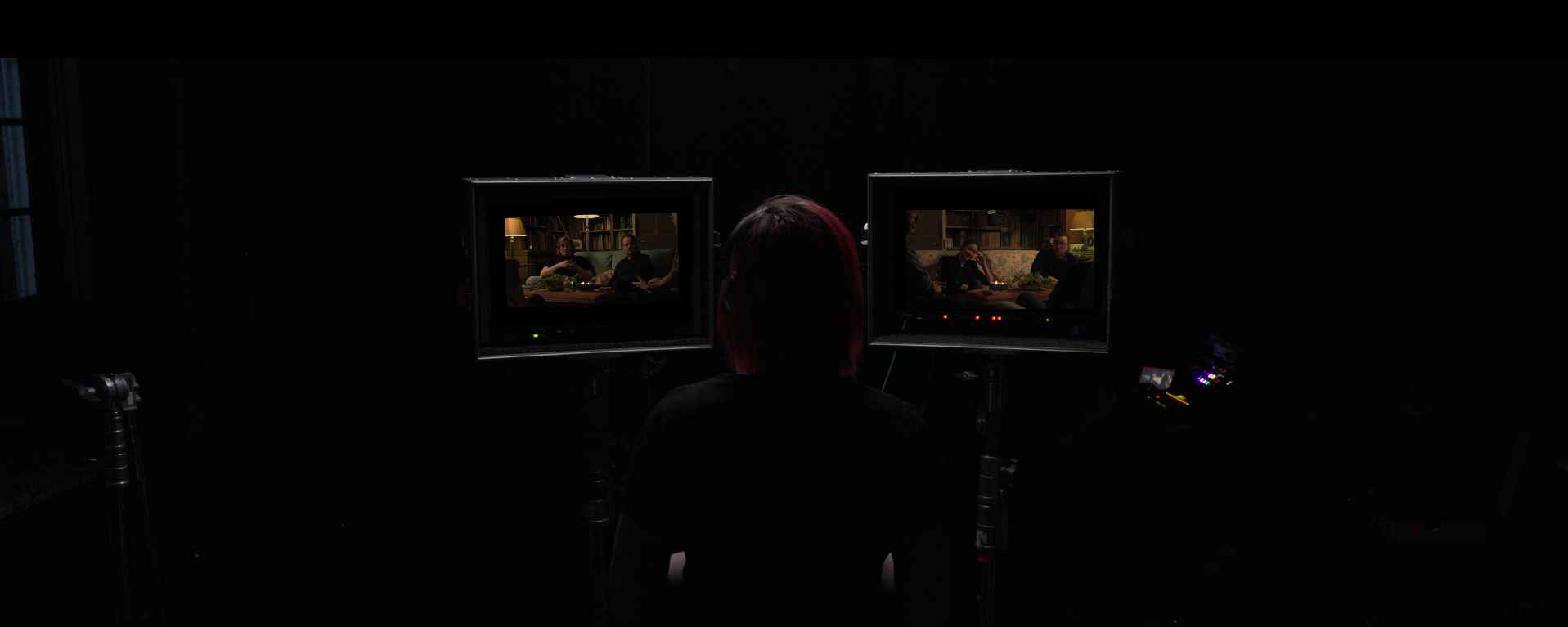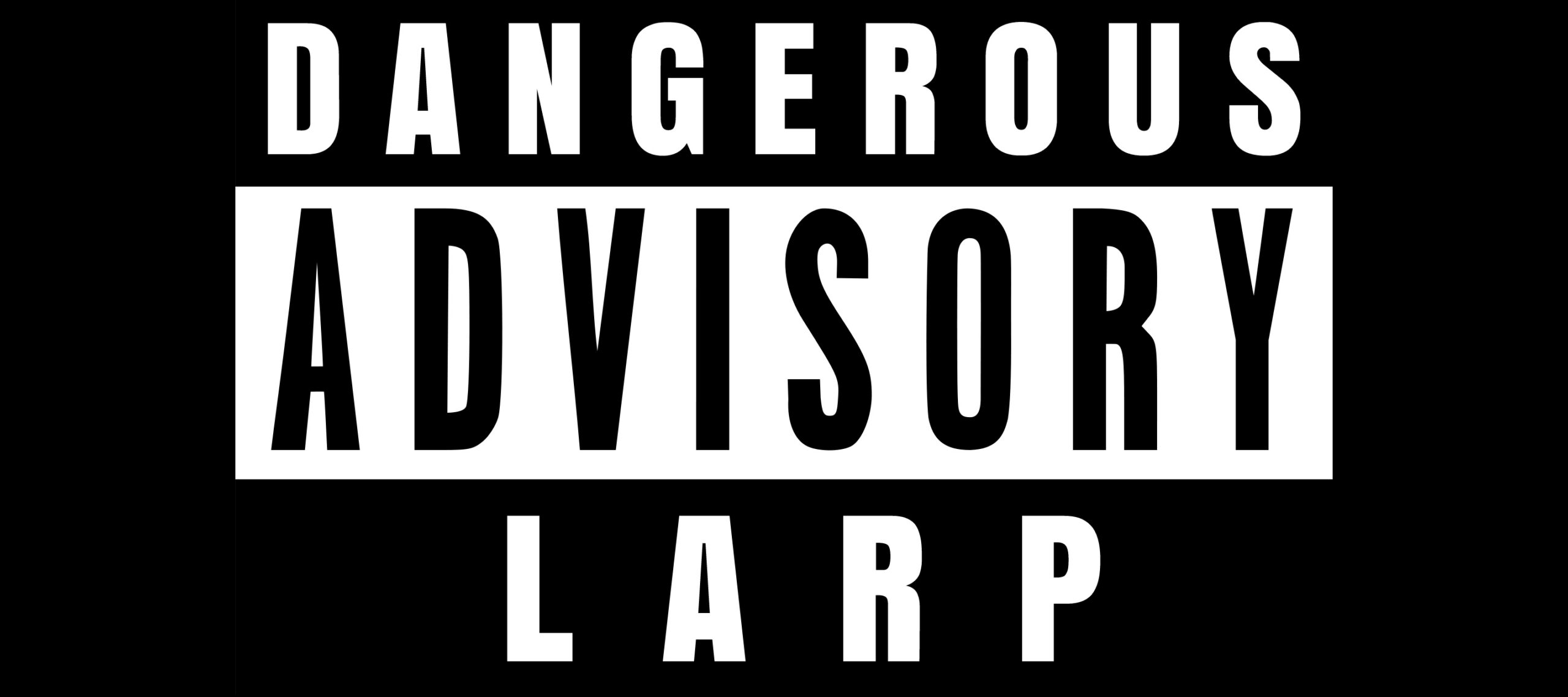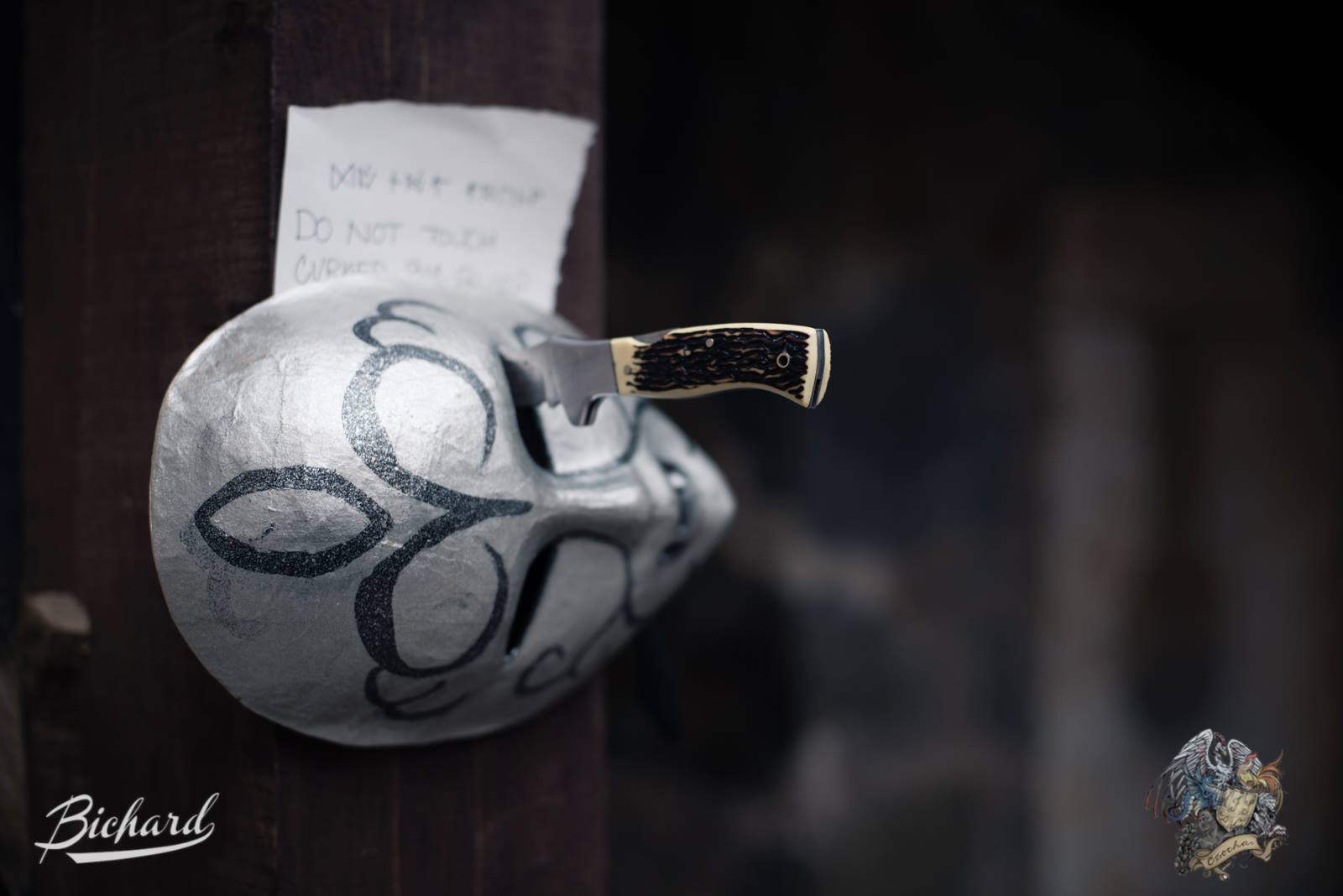Author: Martine Svanevik

-

Remember That Time… We Tried to Film a Larp
In this article, Sophia Seymour and Martine Svanevik discuss their experiences of filming a larp for a documentary.
-

Larp Hacking
Sometimes a larp does not work, either for us as individual players or for a number of participants. Sometimes in order to play the game, you need to change the rules.
-

I Feel Released – How Designing for Inclusivity Might Mean Including Oppression
in
Sometimes you learn from your failures. Rocky Horror Larp changed the way I approach designing gender, sexuality and oppression in larp.
-

Playing Safe?
in
A number of high profile articles and discussions about safety in Nordic larp seem to imply that safety has become the primary concern for larp design. This article interrogates that implication by a series of interviews with larp designers, and experts on safety.
-

Pre-Bleed is Totally a Thing
in
Pre-bleed is the experience of emotional bleed prior to ever playing the character in a larp setting. This paper considers pre-bleed before College of Wizardry 5.